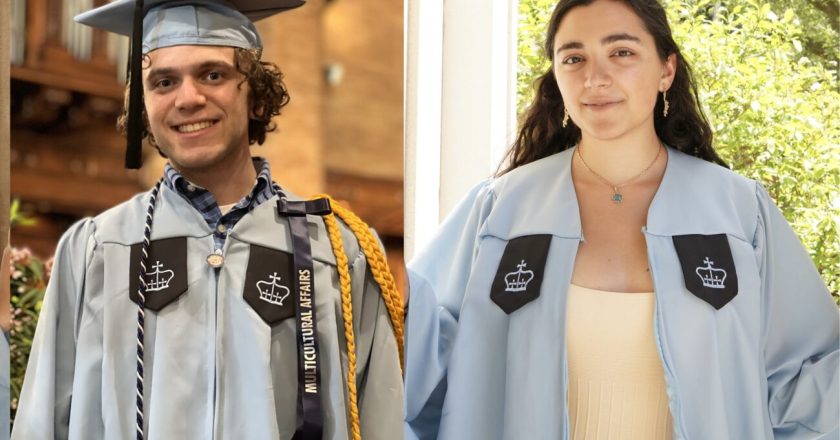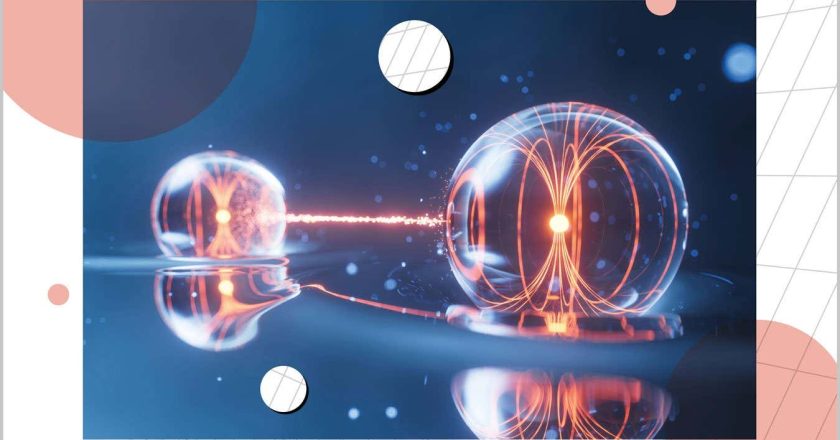Where does time actually come from?
The universe follows the arrow of timeWavebreakmedia Ltd DW1802_1 / Alamy
Where does time really come from? I am often asked this question after acquaintances or friends of friends learn that I am a physics reporter. There is not a set answer – but to better understand it, it helps to look at the arrow of time.
Dating back to the 1920s, this concept stems from the laws of physics that describe energy, heat and entropy. Entropy is the big one, as time seems to move from low- to high-entropy states – this is the direction in which the “arrow of time” flies. Entropy gets a bad reputation for being about disorder, but the more precise way to think about it is to count how many ways something large – a macrostate – can be assembled from smaller constituent parts, or mi...




